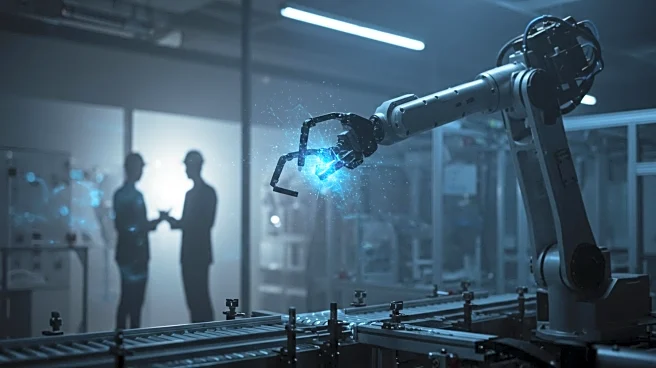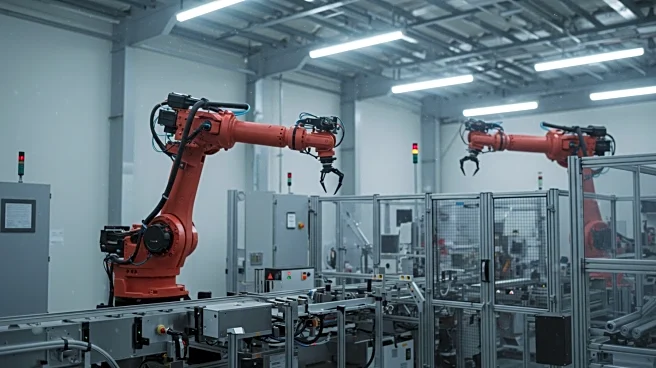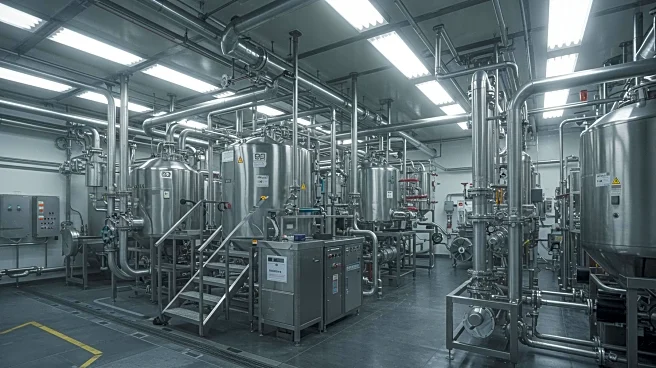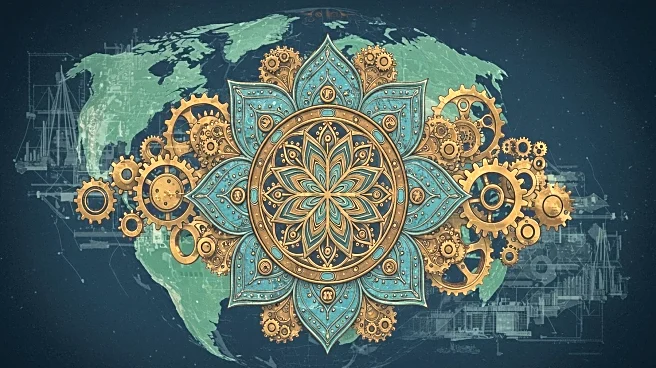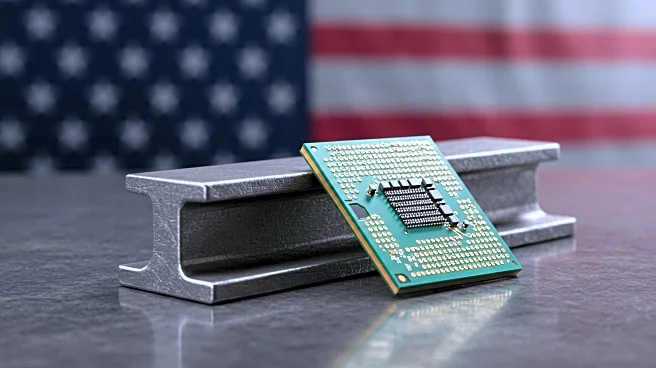Rapid Read • 7 min read
Manufacturing leaders are facing hiring challenges as President Trump’s tariff policies aim to encourage domestic production. Despite easing from post-pandemic highs, there are still 400,000 more manufacturing jobs than job seekers. The tariffs make importing goods more expensive, incentivizing companies to manufacture in the U.S. This creates a tight labor market, prompting manufacturers to strategize on staffing operations effectively. Experts are discussing how companies can prepare for potential labor shortages as the policies take effect.
AD
The tariff policies have significant implications for the U.S. manufacturing sector, potentially reshaping the labor market and production strategies. As companies are incentivized to produce domestically, they face challenges in finding skilled workers to fill positions. This could lead to increased investment in workforce development and training programs. The policies may also impact global trade dynamics, as companies adjust their supply chains to align with domestic production goals. The success of these policies will depend on the ability of manufacturers to adapt to the changing labor market conditions.
Manufacturers may need to explore innovative solutions to address labor shortages, such as investing in automation and technology to enhance productivity. Workforce development initiatives could become a priority, with companies collaborating with educational institutions to train skilled workers. The impact of tariff policies on the labor market will continue to be monitored, with potential adjustments based on economic conditions and industry feedback. The manufacturing sector may experience shifts in production strategies as companies navigate the challenges and opportunities presented by the policies.
AD
More Stories You Might Enjoy
